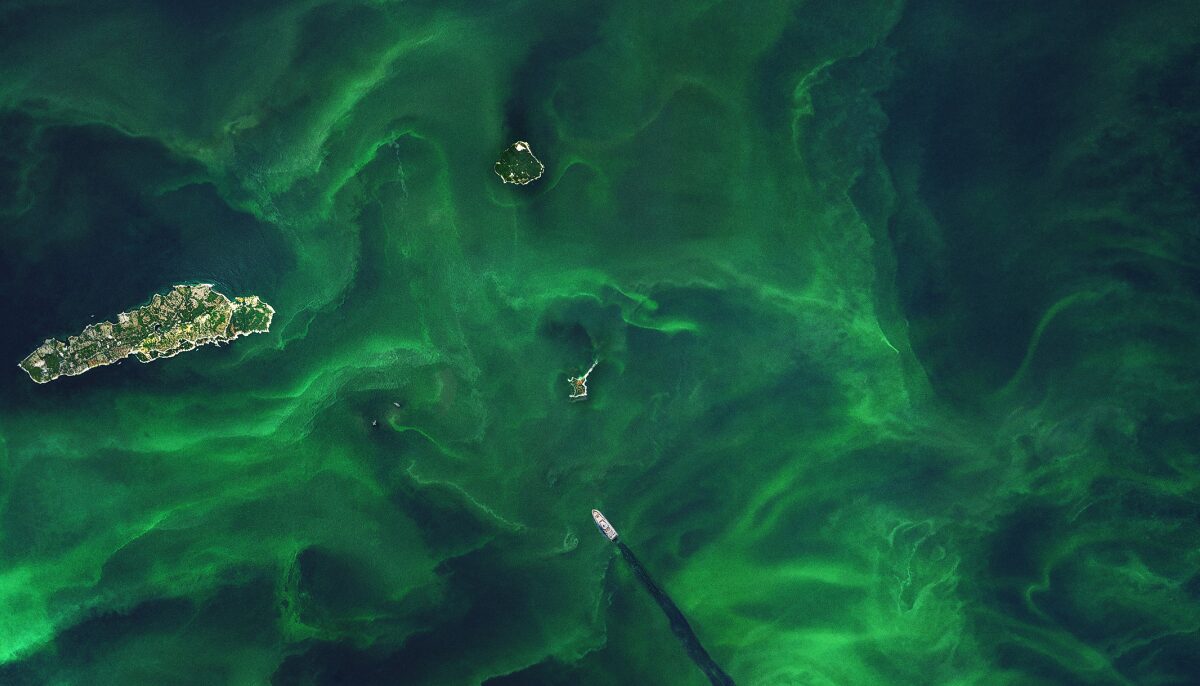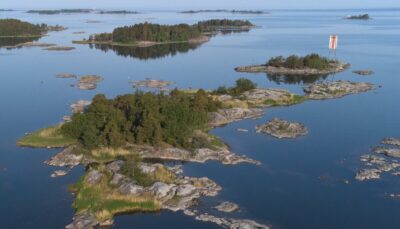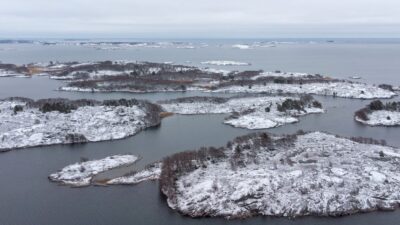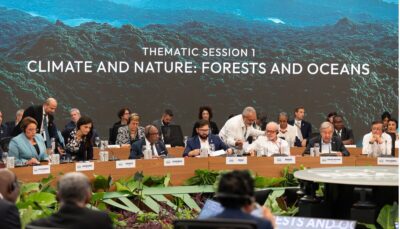Eutrophication – what does it mean?

Eutrophication is the most serious environmental problem in the Baltic Sea. It causes mass blooms of blue-green algae, the excessive growth of filamentous algae, water turbidity and oxygen depletion. As a result of eutrophication, biodiversity loss is worsening in the Baltic Sea and marine species are suffering. A quarter of the Baltic Sea’s habitats are already threatened.
Excessive nutrients, especially nitrogen and phosphorus, have been flowing into the Baltic Sea for decades due to human activity. And it is excessive amounts of these nutrients that cause eutrophication. The nutrients that have leached from the land over the years are now bound in the seabed. They can be released back into the water, causing further eutrophication.
But we should not lose hope. According to a Baltic Sea model simulation*, our efforts to protect the sea in recent decades have paid off. Without the emission reductions that have been achieved, there would be twice as much algae and oxygen-depleted areas would be 80 per cent larger.
What are the Finnish sources of the eutrophicating phosphorus that ends up in the Baltic Sea?
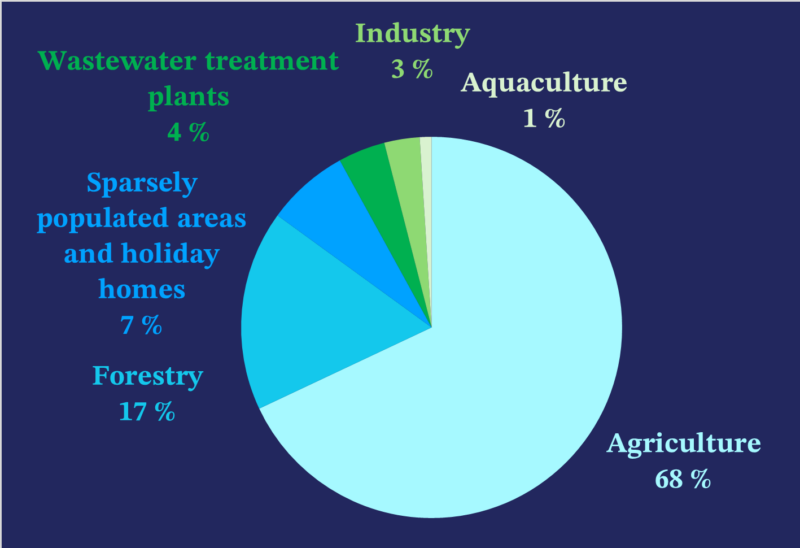
Climate change is accelerating eutrophication
Eutrophication is still occurring in spite of significant reductions in nutrient emissions over the past 30 years. The increased rainfall and mild winters caused by climate change are in turn increasing nutrient emissions into the sea, and particularly from agriculture and forestry. Therefore, the best way to tackle eutrophication is through a variety of agricultural and forestry-related measures, such as spreading gypsum on fields, reducing concentrations of animal manure, and treating water from forest drainage areas. At the John Nurminen Foundation, we promote all of these marine conservation activities and work closely with agricultural and forestry entrepreneurs.
Support for water-friendly agriculture
In Finland, it is the Archipelago Sea in particular that is affected by emissions from agriculture. If current global warming trends continue, the amount of phosphorus runoff from fields could increase by up to 50 per cent by 2060. However, it is not individual farmers that are at fault. In order to solve the eutrophication problem, we need change on a broader societal level, such as political decisions and funding structures that are in the best interests of the Baltic Sea. And this support is essential, as the profitability of agriculture is already quite poor.
“It’s great that farmers have been able to adopt new methods in a challenging situation. For example, soil-improving gypsum has already been spread over 80,000 hectares of arable land, which has prevented 110 tonnes of phosphorus from leaching into the Baltic Sea from fields,” says Anna Saarentaus, Head of Programme at the John Nurminen Foundation.
You too can help save the sea. The most impactful everyday actions that help the Baltic Sea are:
1. Diet
Eat sustainably caught fish (roach, Baltic herring, vendace or perch) twice a week instead of meat. Reduce dairy products and favour vegetarian meals.
2. Consumption habits
Buy only what you need. Recycle and repair. Avoid disposable products.
3. Travel choices
Favour local tourism and travel by land. Travel on foot, by bike, on public transport or by carpooling.
Make a donation to Baltic Sea work.
*Eva Ehrnstén, Christoph Humborg, Erik Gustafsson and Bo G. Gustafsson, “Disaster avoided: current state of the Baltic Sea without human intervention to reduce nutrient loads” Limnology and Oceanography Letters (vol. 10, no. 3, October 2024).
